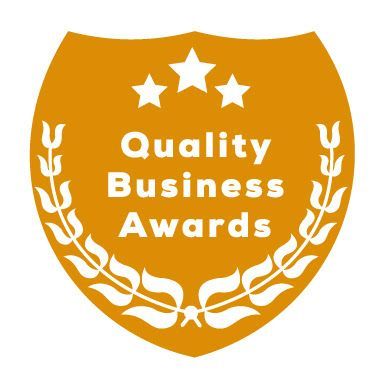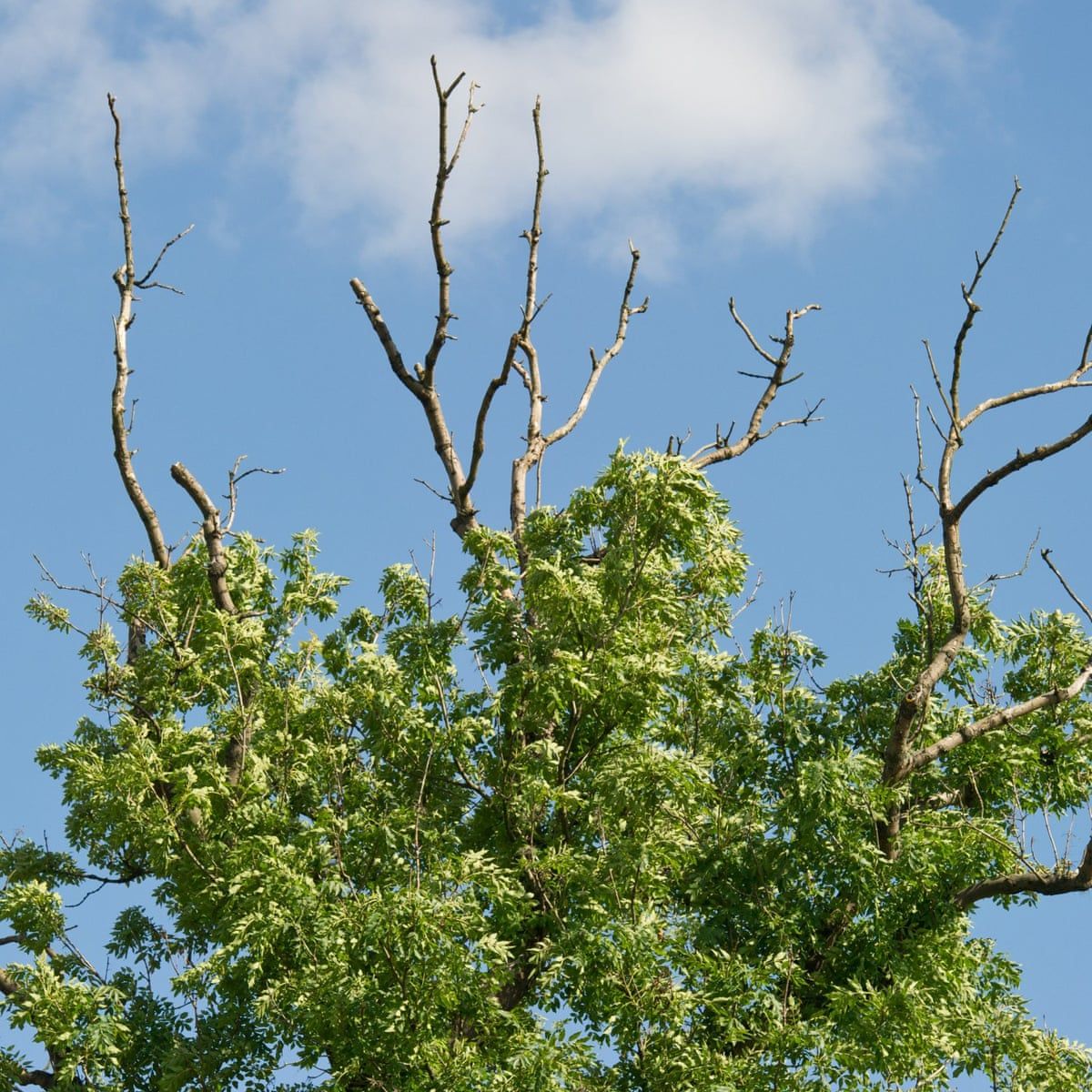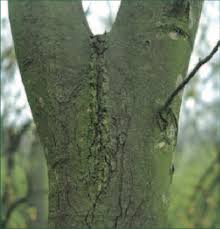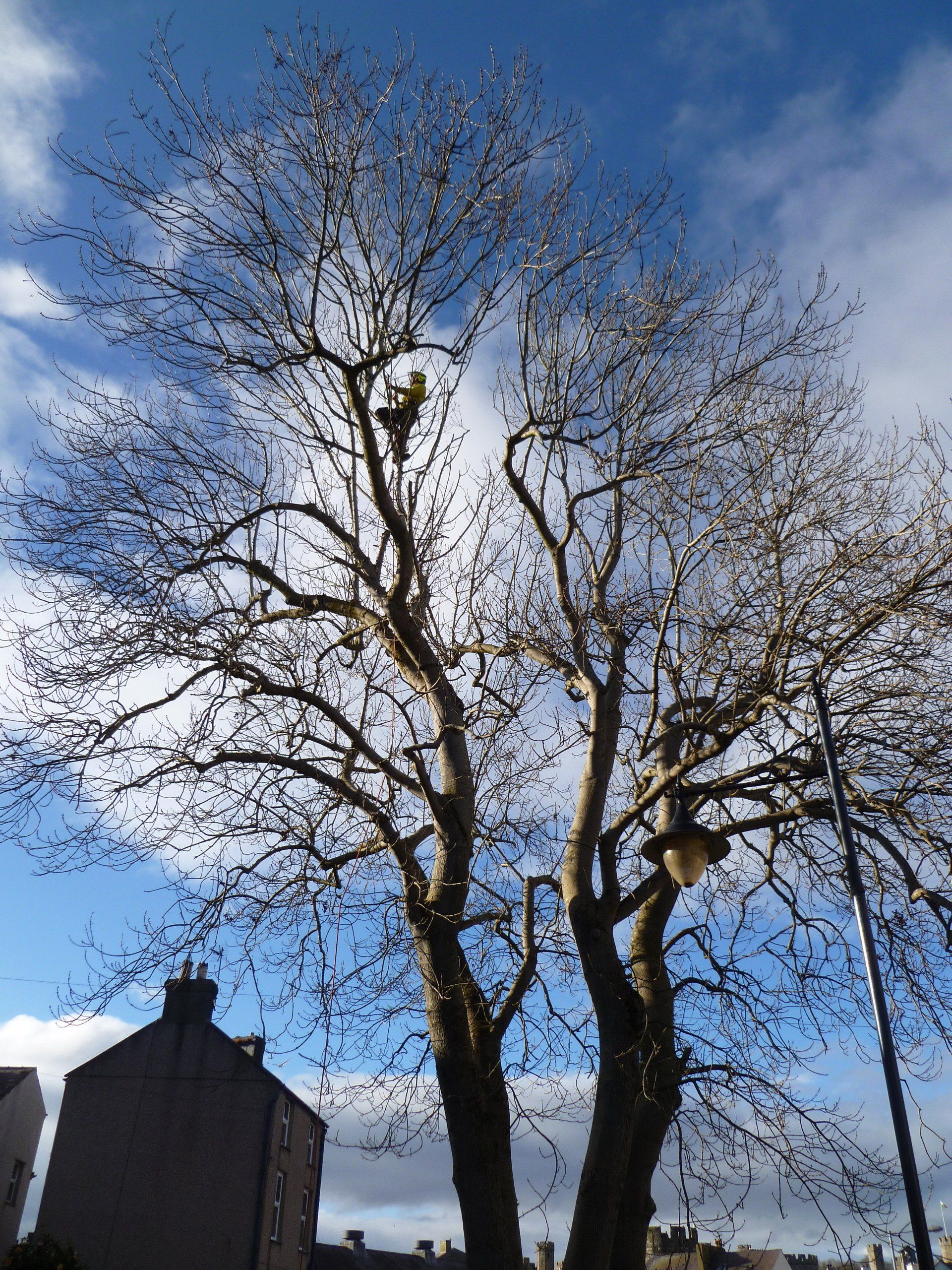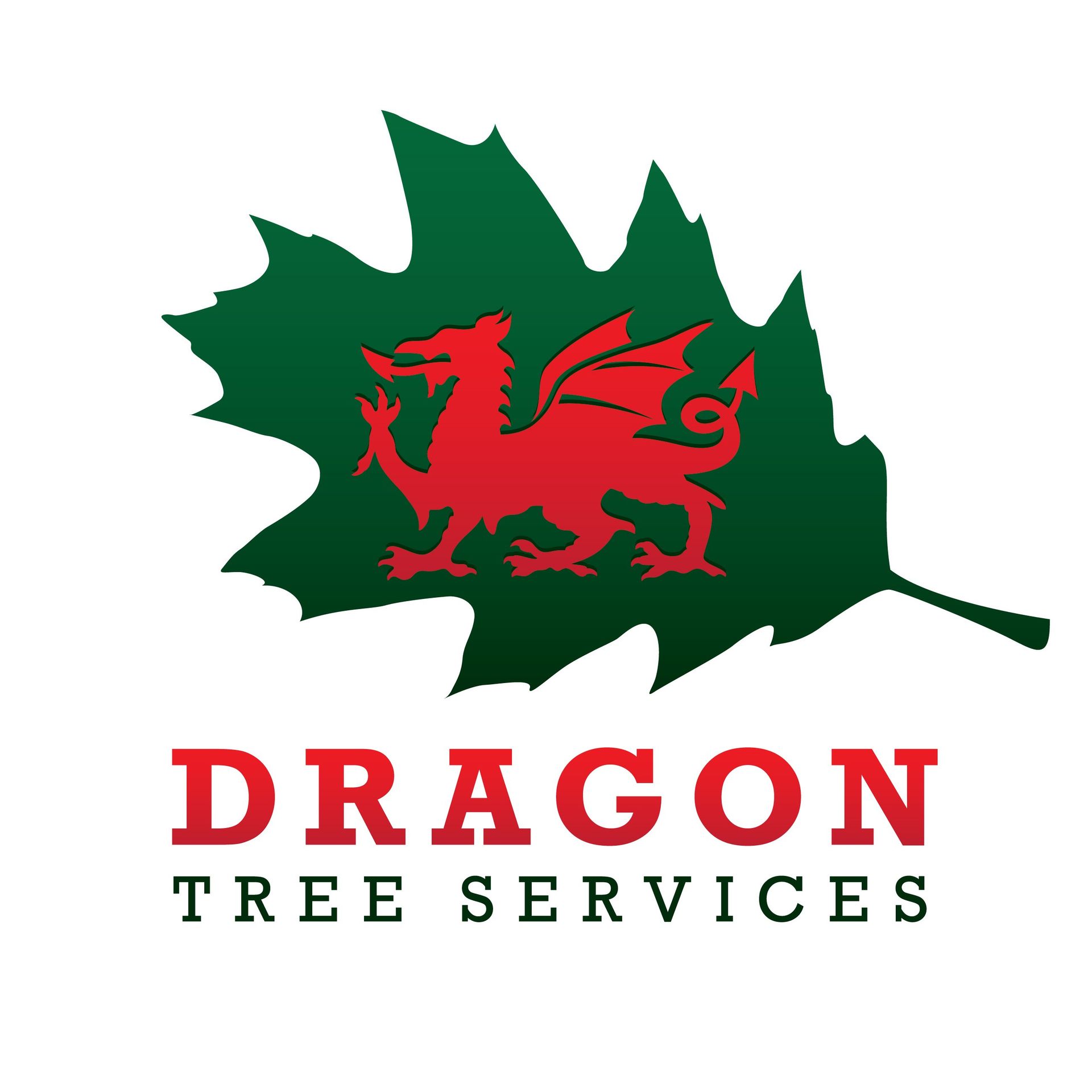Trees: Risk and Responsibility
Trees
provide many benefits. They can screen eyesores, soften built form,
cool and filter the air and reduce wind speeds. They provide shade,
habitats for wildlife, provide pleasant settings in which to
exercise, aid recovery from illness and promote feelings of well
being.
Trees are however large biological organisms. Their health can decline and structural integrity fail as a result of mechanical defects, disease or decay. Trees or tree parts can weigh as little as a few kilos to several tonnes. Tree parts (twigs, branches and large limbs) can fall from considerable heights increasing their impact force and severity of damage whilst failure of roots or the trunk can result in catastrophic failure of the whole tree.
If the trees are small or located away from roads, buildings and frequently occupied areas the likelihood of damage or injury occurring (risk), is very low. Conversely trees close to highways buildings and frequently occupied areas pose a significantly greater risk as failure is more likely to result in damage, injury or death. The overall risk of serious injury or death in the UK is considered to be very low, however this is of little consequence to the injured party or their family when an accident does occur.
Tree owners and managers in the UK are required by both Common and Statute law to ensure their trees are reasonably safe and do not pose an unacceptable level of risk to visitors to the site or neighbours of the land on which trees are located. This does not however require that trees are maintained completely risk free as this would be an impossible task to achieve.
Owners and managers of large organisations or commercial premises have a further duty under the Health and Safety at Work Act to ensure a safe place of work and to protect non employees from risks associated with their enterprise (which includes their premises). Suitable risk assessment of large sites may identify various levels of risk and use which require different levels and frequency of inspections.
In order to discharge the duty an owner or manager must be able to show that their trees have been managed in a reasonable and proportionate way. Trees should therefore be inspected at regular intervals based on the level of risk posed. A competent person, owner or employee who has a basic knowledge of trees and their defects could carry out the initial inspection. They should however, be aware of the limits of their knowledge and know when to seek further advice. If the inspection identifies anything which could be considered different from a normal healthy tree, advice should be sought from a qualified, competent and experienced arborist.
Unless the trees are owned by a commercial enterprise or large organisation it is not a legal requirement to keep records of the inspections or risk assessments. It is however advisable to keep records as this proves a proactive system of tree inspections was carried out should an accident happen and a criminal prosecution or civil claim arise. A tree survey and will identify the risks posed, works required to reduce them to an acceptable level and provide a specification and time frame in which works should be completed. Any specified works should be completed within prescribed time frames to ensure the duty of care has been met.
Where tree owners do not feel that they are competent to inspect trees themselves, they should employ a professional tree surgeon who has sufficient skills, knowledge, ability, training and experience to inspect their trees in a competent manner. An instruction to carry out the tree inspection should be clear, unambiguous and preferably in writing. A suitably qualified person is likely to hold a recognised qualification in Arboriculture or Forestry and be able to show they maintain their knowledge through regular training events and reading. A person holding the Lantra Professional Tree Inspection certificate would be considered as being appropriately qualified.
If you live in North Wales be it Anglesey, Gwynedd or Conwy and have any concerns regarding trees on your property please don't hesitate to contact us at Dragon Tree Services. We can provide you with a free, no obligation quote for any tree work, hedge work or garden maintenance that you require. We can also carry out surveys of your trees and provide you with a written report detailing any recommended works.


